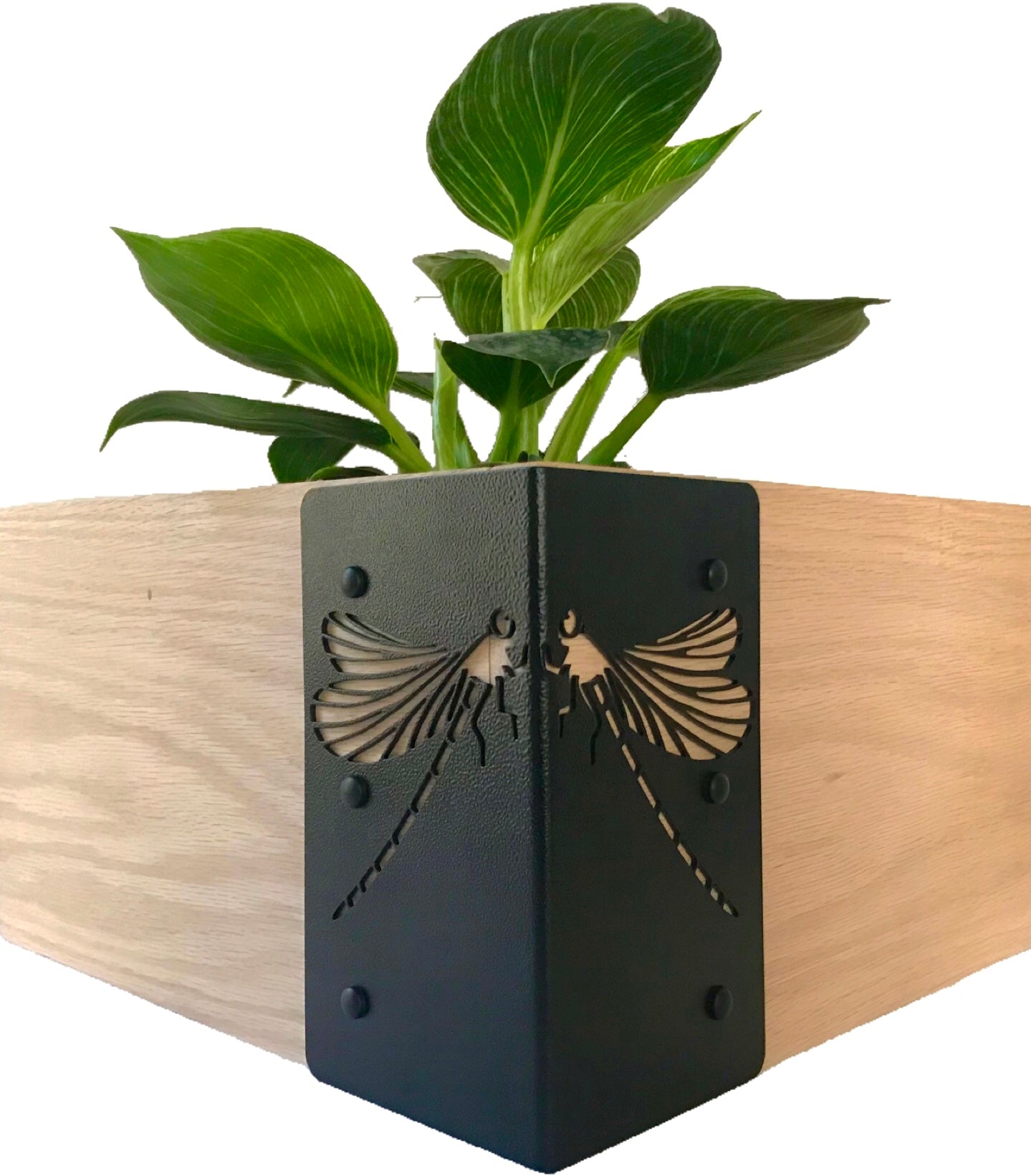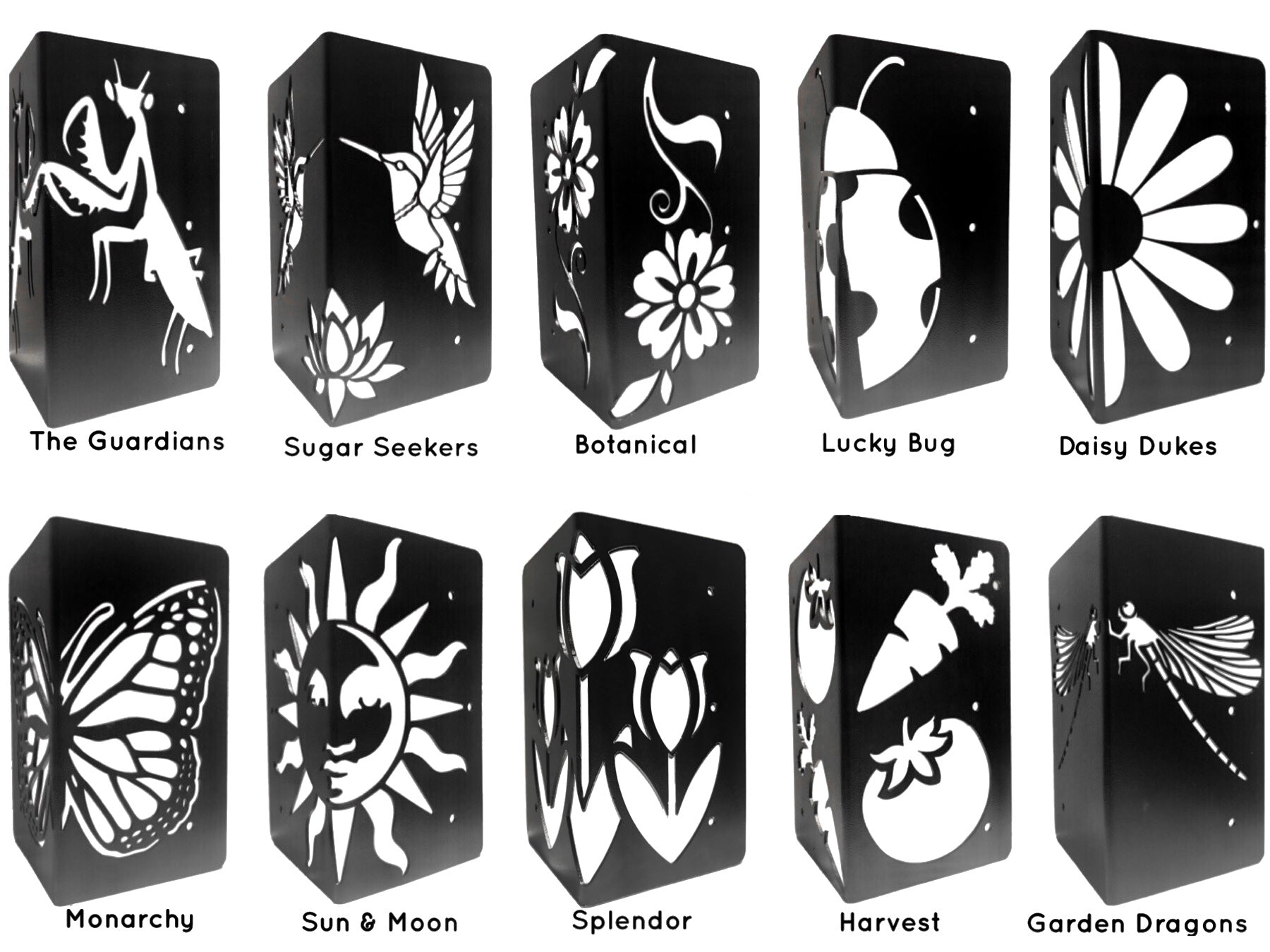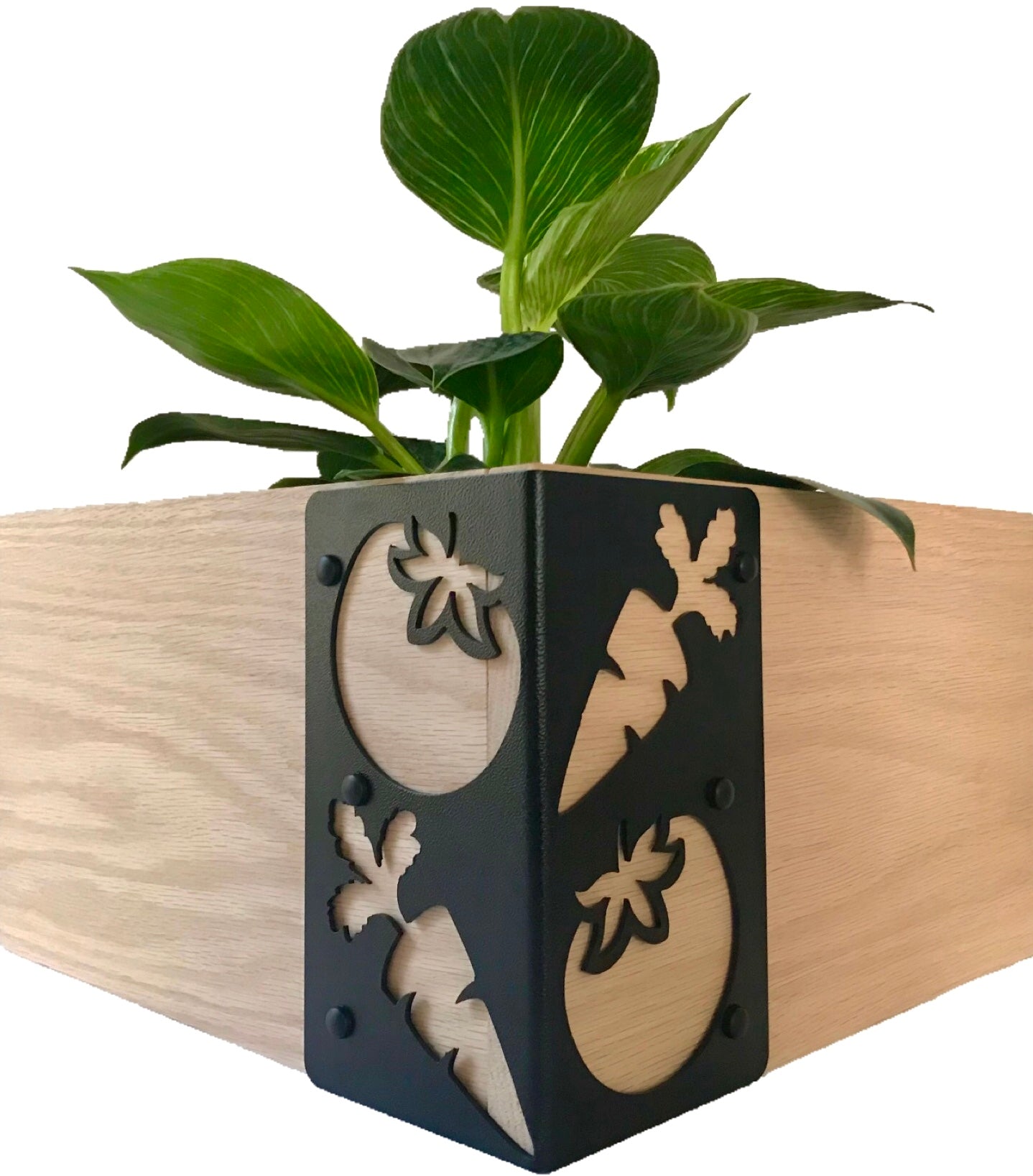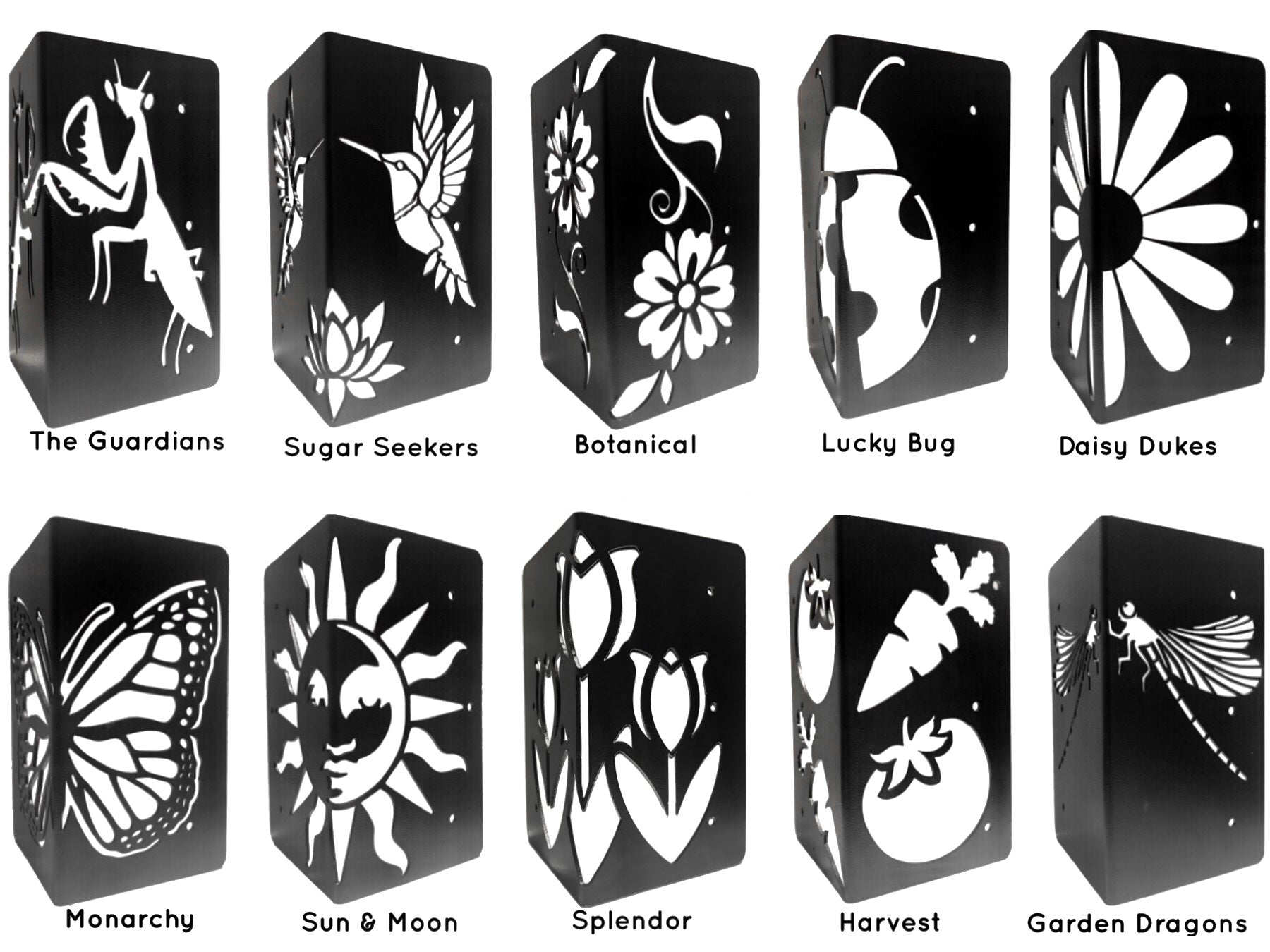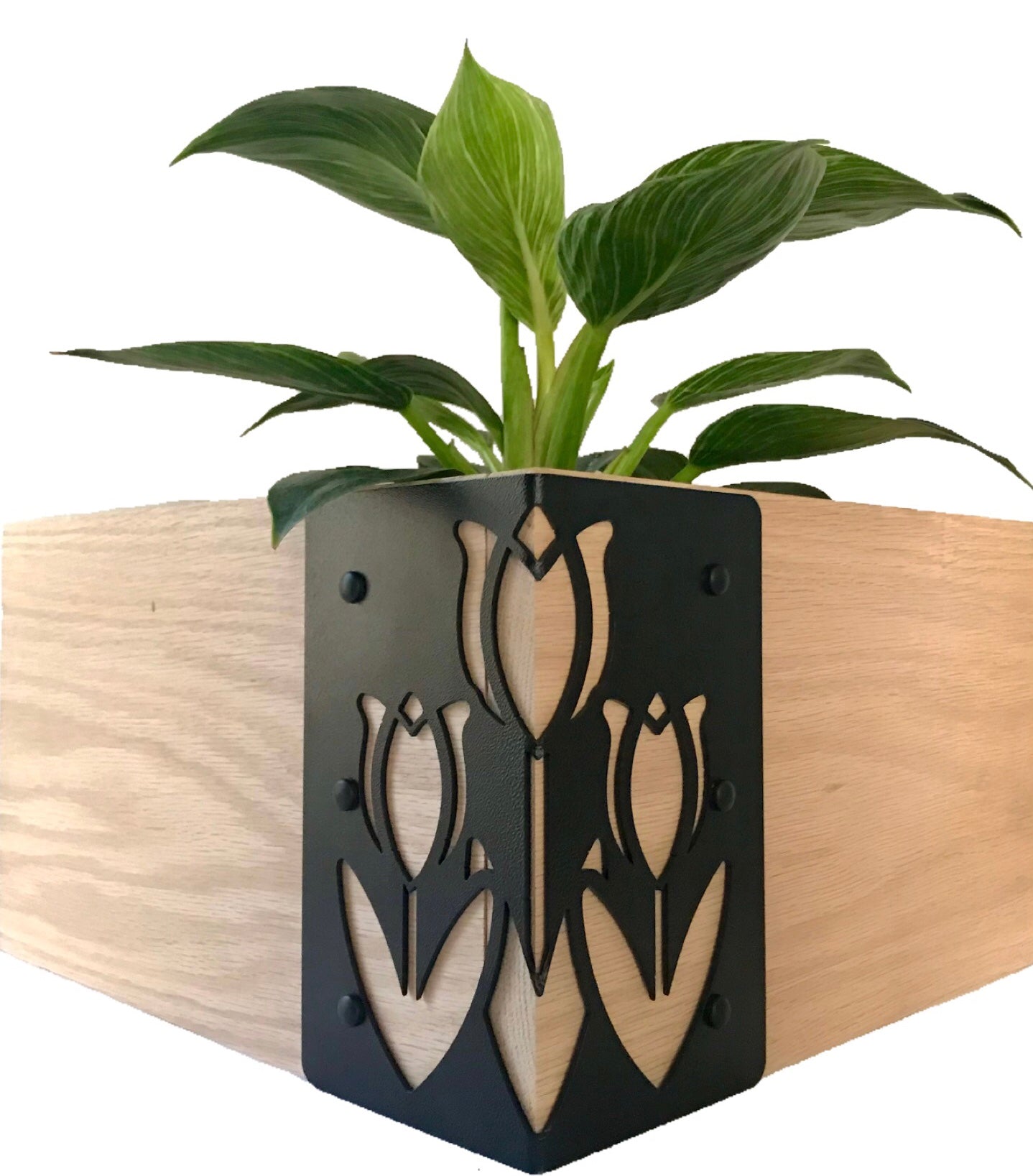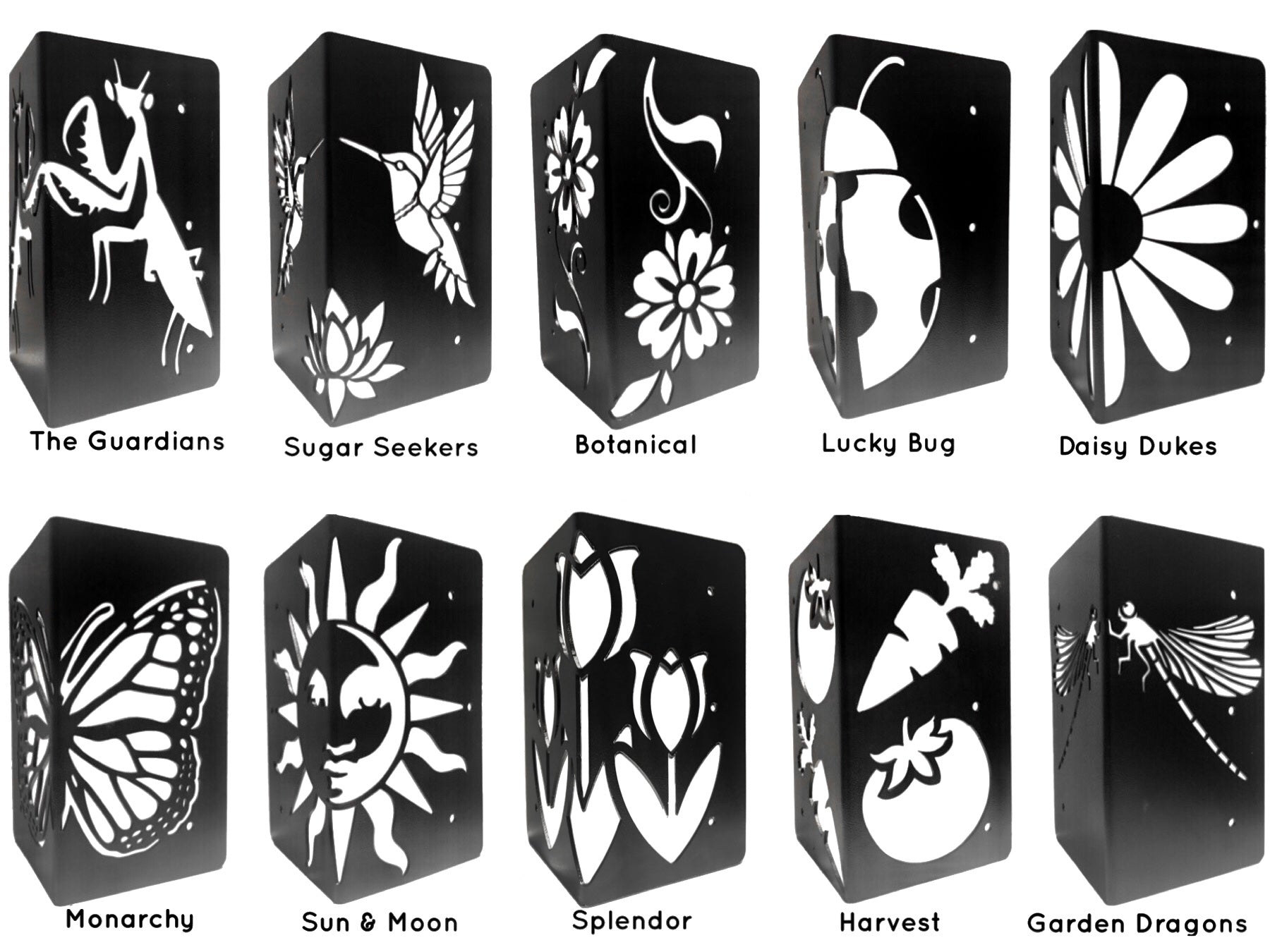
What vegetables can you grow in a raised bed garden?

Growing vegetable plants in a raised garden bed is becoming very popular and for good reasons.
In a raised garden bed, the level of the soil is above the ground level, which helps it, warm up swiftly in spring, giving seedlings a quick start.
With a raised garden bed, soil fertilizing and monitoring are way easier than in the open ground. It even gives you the option to bring in new soil altogether if you're looking to grow crops that require alkaline conditions, but your normal garden soil is acidic.
Raised garden beds are amazing for growing almost any vegetable plant, but some real stars rise above all others. Let's take a look at a few best vegetables that you can grow in a raised bed.
Root vegetables
Veggies like beets, parsnip, carrots, and radishes are perfect for growing in a raised garden bed. They love to grow in loose, rock-free soil where they can spread out easily. With root plants, it's crucial to have complete control over the used soil. You can fill your raised bed with the perfect soil according to your requirement, free of clay, debris, and rocks that can hinder the growth of your root plants or cause deformed veggies.
Shallots
Shallots are a member of the onion family; they do great in raised garden beds. By planting 1 immature bulb, you will get 4 to 5 shallots. Although shallots have a small size, they provide numerous health benefits. Along with lowering cholesterol, they can lower blood pressure, improve blood circulation, balance blood sugars, and help in healthy digestion. Shallots also provide potent antibacterial, antifungal, and anti-viral benefits.
Leafy greens
Greens such as spinach, kale, and lettuce perform marvelously in raised garden beds. These cool-weather crops like to be planted just as soon as you can get a trowel into your soil. As described earlier, soil in raised garden beds can warm up more quickly than the ground, which helps start these crops earlier; this way, we can get several harvests even before summer starts. Another reason why leafy veggies like to grow in a raised garden bed is they hate soggy roots. And the perfect drainage in a bed makes sure that your lovely lettuce will never have to stay in water for too long.
Onions
There are 3 reasons why onion is a perfect crop to grow in a raised garden bed; they require plenty of organic matter, they need a long growing season, and above all, they love quick-draining soil. A raised bed allows you to amend the soil according to your needs, so if you know you'll be growing onions, you can be sure to add plenty of compost. An onion plant grown from the seed can take over one hundred days to reach maturity. If you live in an area where you enjoy four seasons, you'll want to give onion plants the longest in the garden you can manage. The soil of a raised garden bed warms up earlier than the ground soil, so plant them earlier to give your onions a head start.
Potatoes
Not only do potatoes grow well in a raised garden bed, but they are also much easier to harvest this way. Hiling, the soil around the shoots of potato plants, benefits it in growing. Potatoes like to grow in loose, loamy soil with good drainage. They grow best in loose soil where they can spread out; this loose soil keeps them from rotting. A raised bed provides the benefit of complete control over the soil. The potato plants grown in beds tend to have more and bigger tubers.
Cherry tomatoes
Cherry tomatoes are a great way to incorporate colors and interest into a raised garden bed. They'll easily intertwine with other plants such as lettuce, onions, and peppers.
Stake the plants as soon as you get them in your raised beds and always water the plant at the soil level and not from the above. Tomato plants are extremely heavy feeders, and a raised bed allows you to customize the soil according to your plants' needs. Keep the plant under control by pinching off suckers as soon as they appear. This practice will help keep your tomato plants strong and pest-free.
French beans
Any plant that grows vertically is a winner in a raised garden bed as it leaves the horizontal space for other plants to grow; French beans trained up a wigwam are excellent for your garden. Select a smaller variety like "Cobra," which is tender, super-sweet, and reliable, or a dwarf variety like "mystic purple." Sow the seeds of your picked variety in mid-May and harvest the plant about ten weeks later.
Peas
Peas are great to grow in a raised garden bed when trained up netting support. Install your training net at one side of the bed to use the space efficiently. The mice eat your peas seed even before they germinate, so it's better to sow your seeds indoors in root trainer pots. With roots trainer pots, there's less root disturbance when you plant them outdoors once when they're big enough to handle. Grow your peas by sowing seeds in March and start harvesting from the end of June.
Garlic
Growing garlic in the open can be a tricky task; in a raised garden bed, where you can provide it the perfect light, an open textures growing medium, growing it becomes a piece of cake. Garlic loves a period of cold to get going, so plant it in November. Take a bulb of garlic, break it open, separate the cloves, then plant them individually in the soil with pointy ends up. In spring, your grown cloves will be ready to harvest as fat new bulbs.
Courgettes
Courgettes belong to the family of squashes; all squashes are great to grow in raised garden beds. Just one plant of courgettes will provide you with several fruits a week over the whole summer. Save the space by training a trailing variety up a wigwam than letting it become a ground cover; simply tie the stem up a stake as the plant grows. Sow some seeds indoors in April; bring the seedlings out as they become a bit bigger, and harvest the plant about 8 weeks later.
These are just some of the vegetables that will grow in a raised garden bed. While these are the plants that you can grow with ultimate ease, you can also grow all of the vining crops vertically on trellises with proper planning. We hope now you're all aware and equipped with the knowledge of "what" and "how" you can grow in your raised garden beds, so get out there and get your hands in the dirt to enjoy the outcome of your hard work!


